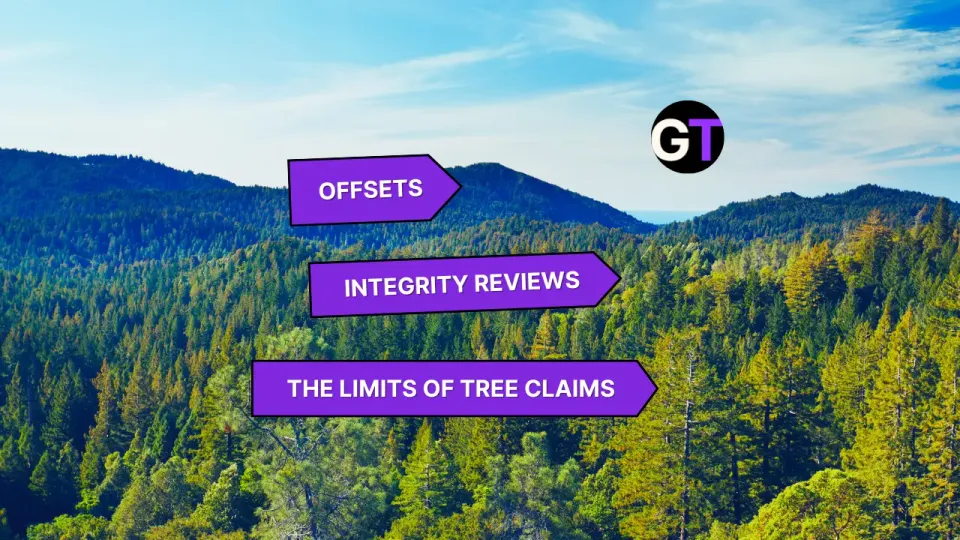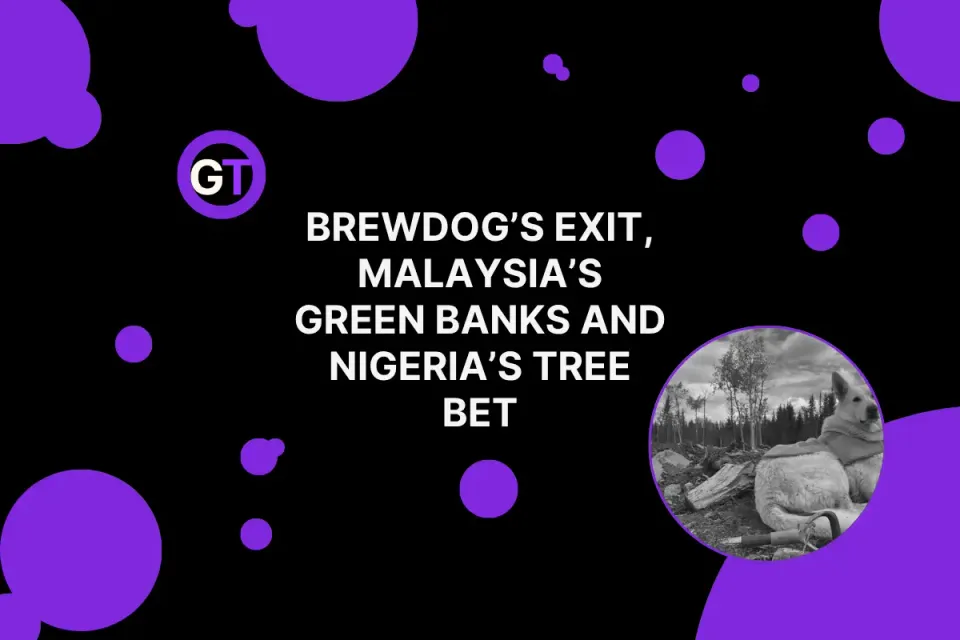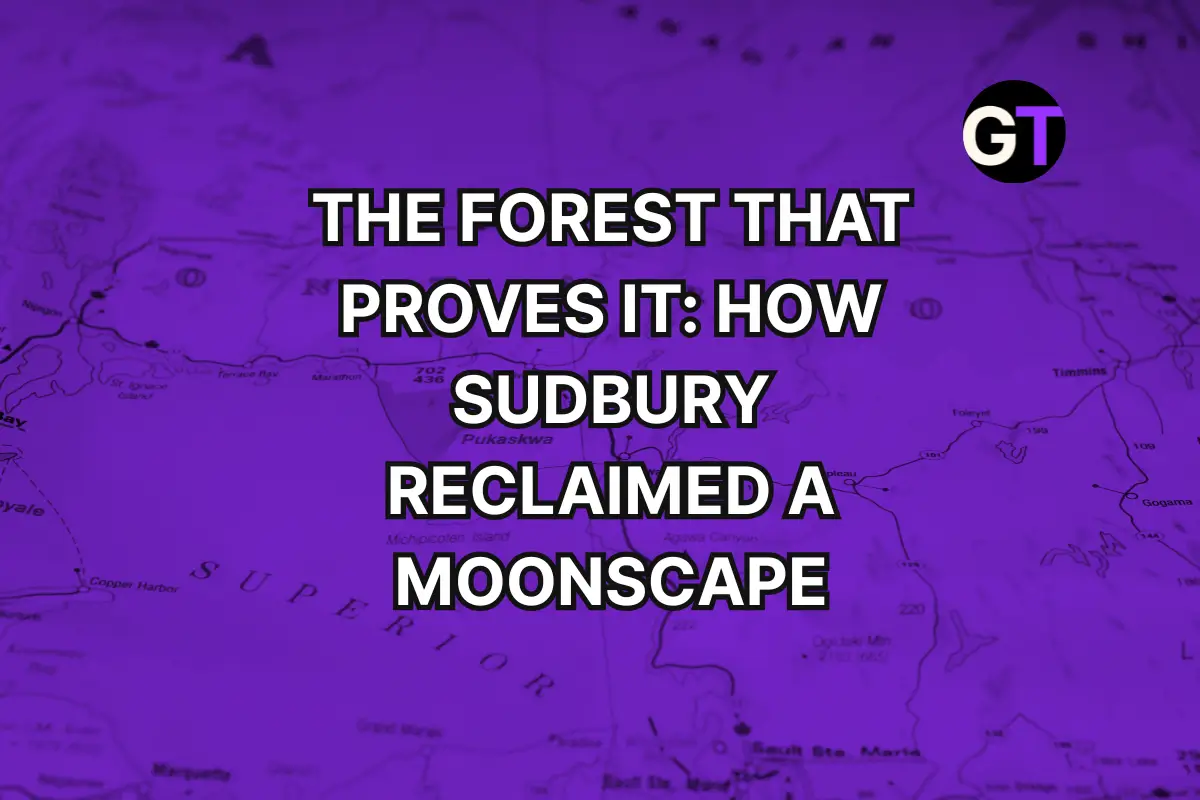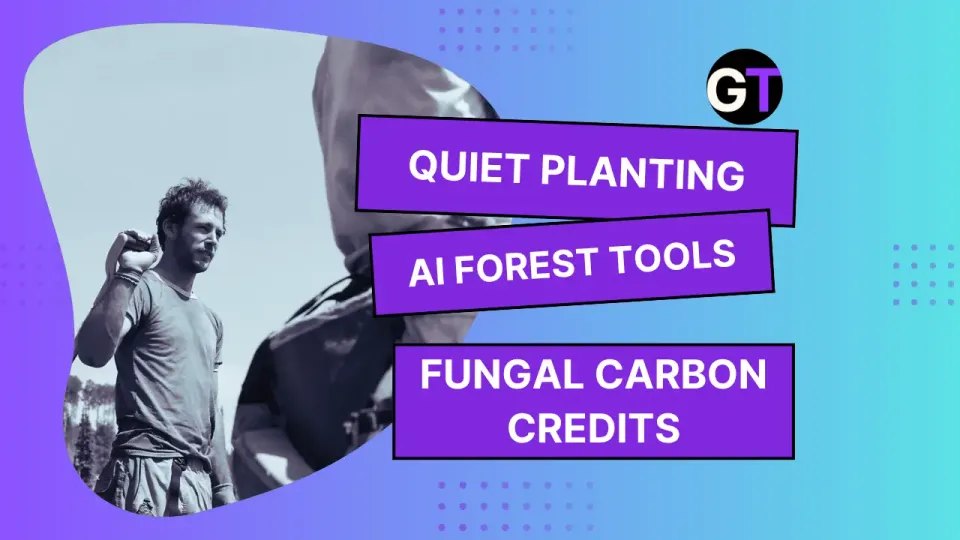AFOLU Options, Global Gaps & Country-Level Clarity
From saplings to satellites: global snapshots of land-use climate fixes, data gaps, and carbon claims that don’t add up.
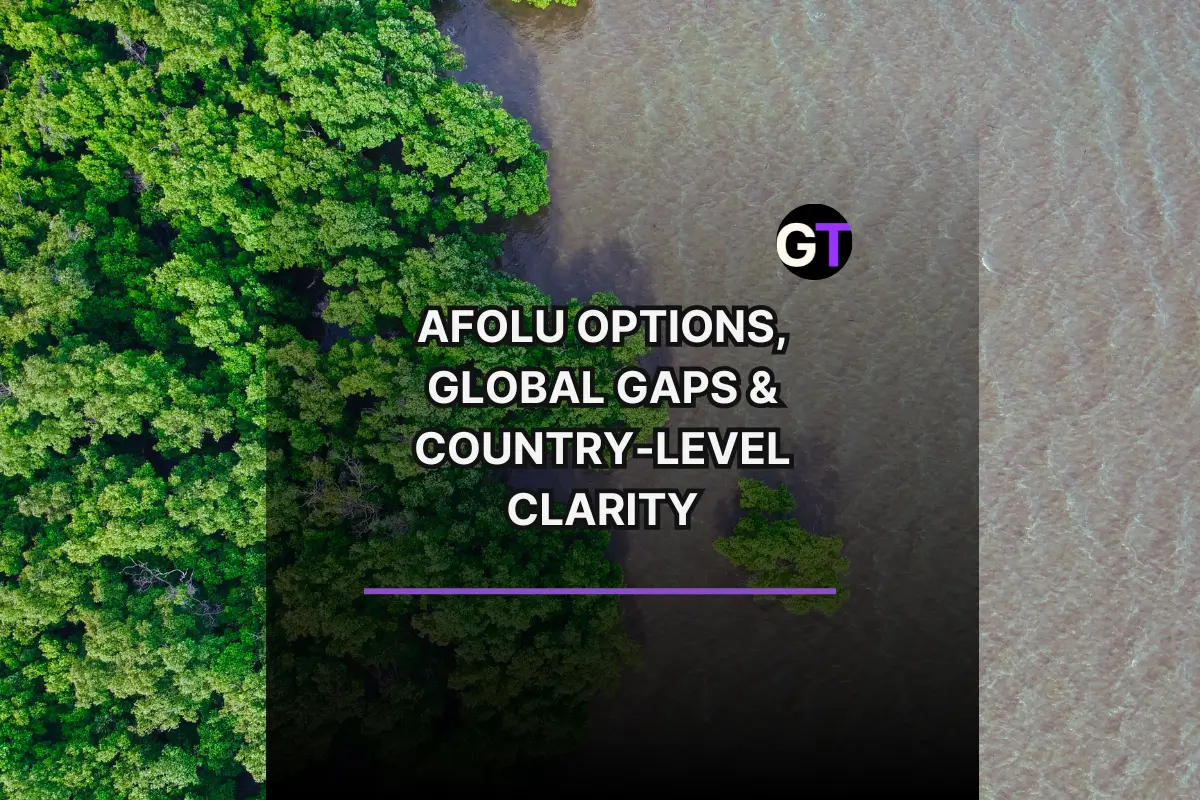
Mapping the Land-Use Climate Fix, Country by Country
A new dataset in Scientific Data delivers national-scale snapshots of land-based climate mitigation potential—spanning direct emissions, tech-specific strategies, and cost-effective reduction options across the agriculture, forestry, and land-use (AFOLU) sectors. Designed to bridge the gap between global models and national inventories, the dataset offers valuable benchmarking tools for policymakers.
But—and it’s a big but—users beware: the dataset assumes a globally uniform carbon price, excludes climate impact feedbacks, and runs on a one-way modeling loop (no dynamic feedback between sub-models). Translation? While great for exploring broad trends and options, it’s not plug-and-play for building precise national policy.
💬 Can a global model, with all its assumptions, still guide grounded national action?
👉👉 Explore the open-access study and dataset via Nature
Can a Digital Brain Trust Fix Carbon Market Credibility?
BioCarbon just dropped a public consultation paper that’s equal parts invitation and tech manifesto. The pitch? Assemble a squad of digital minds—remote sensing whizzes, AI enthusiasts, and blockchain buffs—to blueprint a future where forest carbon data isn't just accurate, but ironclad. This proposed working group will dig into how digital MRV (Monitoring, Reporting, and Verification) could streamline audits, flag sketchy data, and make carbon claims less, well, questionable. Think: automated satellite scans, IoT tree sensors, and blockchain-backed transparency—all wrapped in a 2026 roadmap. Whether it’s feasible or just fantasy, the group’s mission is clear: make climate data credible again.
💬 What would you add to the digital MRV wishlist—and what’s still missing?
👉👉 Read the full consultation draft from BioCarbon
Carbon Credits, Clear-Cuts & the Amazon’s Dirty Offset Secret
A Reuters investigation has uncovered that at least 24 Amazon conservation projects selling carbon credits—supposedly to prevent deforestation—are linked to landowners fined for illegally logging the same rainforest they claim to protect. Among them: Ricardo Stoppe Jr., a carbon credit entrepreneur turned police target, accused of running a massive timber laundering scheme under the guise of forest conservation. Despite the red flags, certifiers like Verra and Cercarbono had greenlit these projects for the global carbon market, raising serious concerns about the credibility of voluntary offsets and the murky overlap between conservation and crime in Brazil.
💬 Can Brazil’s new regulated carbon market prevent these offset scams from repeating?
👉👉 Read the full investigation at Reuters
New CEU Dataset Maps 390 Nature-Based Solutions Across the Globe
CEU’s NATURESCAPES project just leveled up the Urban Nature Atlas with a fresh dataset of 390 landscape-scale nature-based solutions (NBS) in 30 global cities. From coral gardening in Cartagena to urban forests in Lisbon, these projects showcase how cities can harness nature to tackle climate, biodiversity, and social equity challenges—all while looking good doing it. The new dataset, built by CEU’s Department of Environmental Sciences and Policy, dives deep into the motivations, impacts, and governance of NBS at the city scale.
💬 Could these "naturescapes" become the blueprint for greener, fairer cities?
👉👉 Read the full announcement via CEU
21 Million Saplings—and Counting: Cambodia’s Reforestation Push
Cambodia’s Forestry Administration, under Minister Dith Tina, marked National Arbor Day by revealing that over 21 million saplings have been raised and planted using state funds—with millions more from citizen efforts nationwide. The movement spans public parks, schoolyards, forests, pagodas, and tourism sites, anchored in a national framework where over 40% of land is legally designated as protected forest. Alongside tree planting, the government is beefing up forest land registration, cracking down on encroachment and illegal logging, bolstering fire response, and promoting community livelihoods via agroforestry, eco-agriculture, and non-timber forest products—actions involving about 170,000 households and 510,000 individuals.
💬 Here's what we want to know: how much of this progress is actually visible? Where are the maps, the species breakdowns, survival rates, sheer acreage—numbers and data that let us trace the roots of real change?
👉👉 Read the full story via Phnom Penh Post
Timber Trouble Ahead? Demand Set to Outpace Supply by 2050
Timber might be the darling of low-carbon construction, but Gresham House’s latest Global Timber Outlook says we’re sprinting toward a shortage. Demand for coniferous sawnwood could balloon up to 1.8× by 2050—even under a best-case “save-the-planet” scenario. Meanwhile, supply is stuck in the slow lane, hampered by sketchy afforestation data and sluggish planting rates. If you own a forest, congrats—you’re sitting on a goldmine. But for everyone else, this raises big questions about how we grow, harvest, and value our trees moving forward. Also on the radar: expect price hikes, greener credentials, and increased scrutiny on how forests are managed and monetized.
💬 If timber demand soars while supply shrinks, what does that mean for reforestation targets—and who gets to plant what, where, and why?
👉👉 Read the full outlook via Gresham House
Can Inspections Alone Keep Canada’s Forests in Check?
A new report from BC’s Forest Practices Board casts fresh light on a deceptively simple question: are we doing enough to publicly scrutinize forest practices in Canada? The Board reviewed 36 inspections and found that while compliance checks are happening, the process is muddled by inconsistent expectations, duplicate visits, and a lack of transparency about what’s actually being enforced. Some licensees felt in the dark, while others welcomed the oversight—but the public? Mostly sidelined. The report’s bottom line: inspections are necessary, but they’re not enough without greater clarity and openness.
💬 Are compliance checks giving Canadians the forest accountability they deserve?
👉👉 Read the full report via the Forest Practices Board
Australia’s Native Forests and Wood Production
Australia sustainably harvests a tiny fraction—just 0.05%—of its vast native forests each year to produce essential wood products like house frames, paper, and power poles. These forests not only support unique biodiversity and cultural heritage, but also sequester millions of tonnes of carbon annually. While native forest harvesting has decreased due to shifting policy and conservation priorities, it remains a key player in climate mitigation and rural economies. Challenges include declining supply, fire risk, and climate stress—but new carbon credit schemes could reshape the future.
💬 Can native forest management balance biodiversity, carbon storage, and wood production in a warming world?
👉👉 Read the full report via ABARES
Greening the Grid: NextEnergy’s Iberian Pilot Gets Interactive
NextEnergy Capital just rolled out Project Extremadura, a Nature-based Solutions (NbS) pilot in Spain’s wildfire-scorched Extremadura region—and they’ve made it public-facing with an interactive ArcGIS map. The project aims to reforest degraded land, boost biodiversity, and generate carbon and biodiversity credits, all while coexisting with their solar PV portfolio. It’s a case study in blending clean energy with ecological restoration—and it's now visible, polygon-by-polygon, for anyone curious enough to zoom in.
💬 Can solar and saplings share the spotlight in a nature-positive future?
👉👉 Explore the project map via ArcGIS
SK Innovation’s Mangrove Makeover: 420 Soccer Fields of Climate Action
SK Innovation is turning up the volume on its mangrove restoration playlist with a new MOU in Vietnam’s Tra Vinh Province—pledging to restore 300 hectares (yep, 420 soccer fields’ worth) by 2030. Partnering with social enterprise MangLub and local communities, the project aims to merge biodiversity goals with boots-on-the-ground economic support. With mangroves soaking up carbon like eco-sponges and shielding coastlines from storm tantrums, it’s a win-win for climate and people.
💬 The big question: Will this restoration be as transparent as it is ambitious—think maps, metrics, and open data?
👉👉 Read more the full press release from SK Innovation
Mangrove Math, Carbon Credits, Mango Groves & More
From global mangrove maps showing restoration at just $11.49/tCO₂, to Brazil’s $141 billion reforestation opportunity, and Côte d’Ivoire’s pledge to reforest 1 million hectares backed by finance tied to forest goals, it’s a full-on forest finance frenzy. Throw in the double-counting drama—where the same sapling gets three credit claims (ESG, gov, nonprofit)—and agroforestry gold in Jharkhand, where satellite-tracked mango trees are turning small farms into long-term carbon earners via carbon finance.
💬 Can clearer costs, real tracking systems, and finance-for-forests models turn these headline-grabbing schemes into credible climate wins?
👉👉 Dive into the full column in Ground Truth
Tłı̨chǫ Nation Aims to Plant 13 Million Trees in Six Years
Starting this Saturday, the Tłı̨chǫ Government is launching what’s being called the Northwest Territories’ largest-ever reforestation initiative — with a spiritual sendoff at Russell Lake. The Tłı̨chǫ Tree Planting Initiative kicks off with a plan to seed 1.4 million trees in 2025 alone, with a grand total goal of 13 million over six years. The project is part climate response, part cultural revival: restoring habitat for caribou and other wildlife, bolstering climate resilience, and strengthening community ties to the land. Backed by Canada's 2 Billion Trees program and Tree Canada, the effort also includes job creation and training for Tłı̨chǫ youth in forest stewardship. Bonus: the launch includes drumming and a land-blessing prayer.
💬 Can reforestation be both a climate fix and a cultural revival?
👉👉 Read the full story via NNSL
Taishan’s Tree-Lined Comeback Has Roots in Struggle
From barren battlefield to botanical marvel, Taishan Mountain’s forest renaissance is decades in the making. In the aftermath of wartime devastation, only 200 hectares of trees remained on this sacred Chinese peak. But a reforestation effort launched in 1948 turned the tide. Led by forest farm director Zhang Yaonan and powered by grit, sweat, and a whole lot of mountain spring water, workers restored Taishan’s green glory—now boasting a 95.8% forest cover and a booming bird population (up from 148 species in 1995 to 374 today). The Taishan Forest Farm has since evolved into a model institution for forest-based education, research, and tourism.
💬 As legacy reforestation projects mature, how transparent are their claims—and who’s keeping the receipts?
👉👉 Read the full story via China Daily
Piloting Restoration: Lessons from the Ground Up
Four countries. One biodiversity target. And a lot of data headaches. The Target 2 Pilots—led by CIFOR-ICRAF and FAO—put Kenya, Viet Nam, Peru, and Burkina Faso through their restoration paces, surfacing familiar challenges: siloed ministries, patchy data, and not enough budget to go around. But the project also offered hope, building capacity, policy insight, and a toolkit of lessons for scaling ecosystem restoration. With the AIM4NatuRe initiative now ramping up, the question is: can tech and transparency help countries stay on track to restore 30% of degraded ecosystems by 2030?
💬 What would it take for your country to go from pilot to powerhouse in restoration tracking?
👉👉 Read the full press release from the FAO

Edited by Chris Harris

This work is licensed under a
Creative Commons Attribution 4.0 International License.


